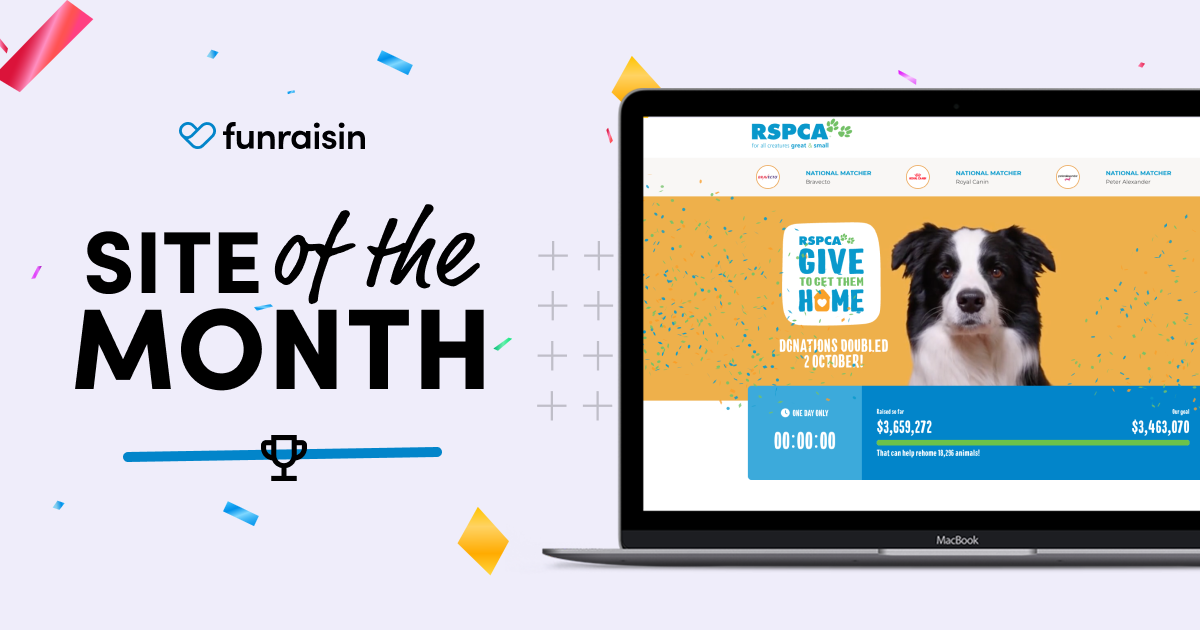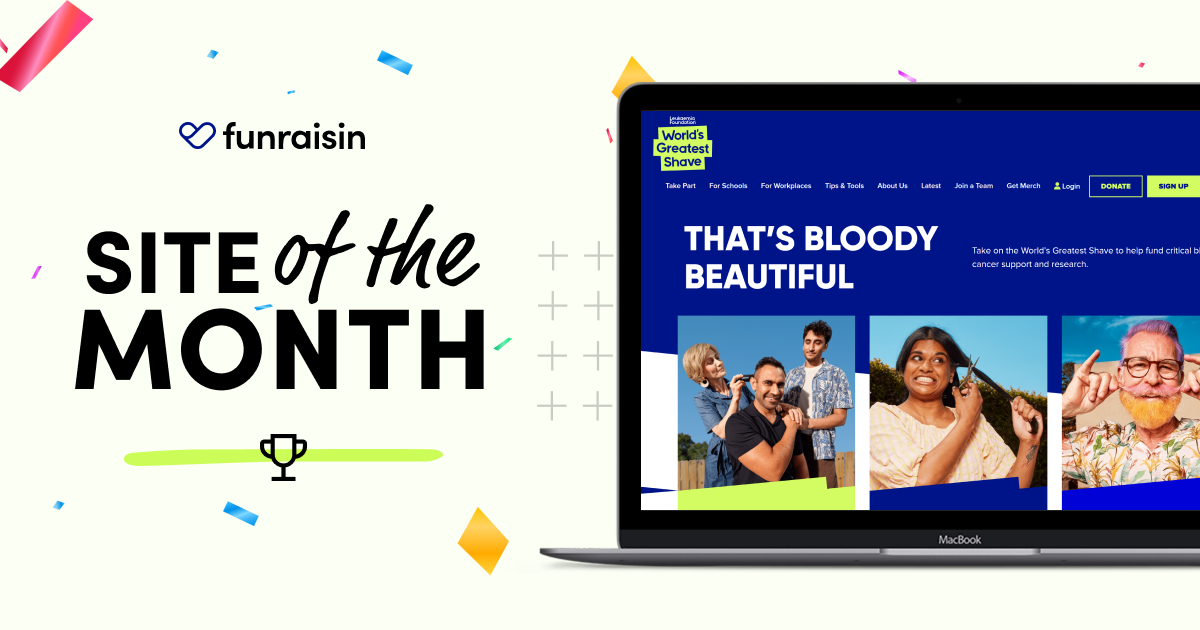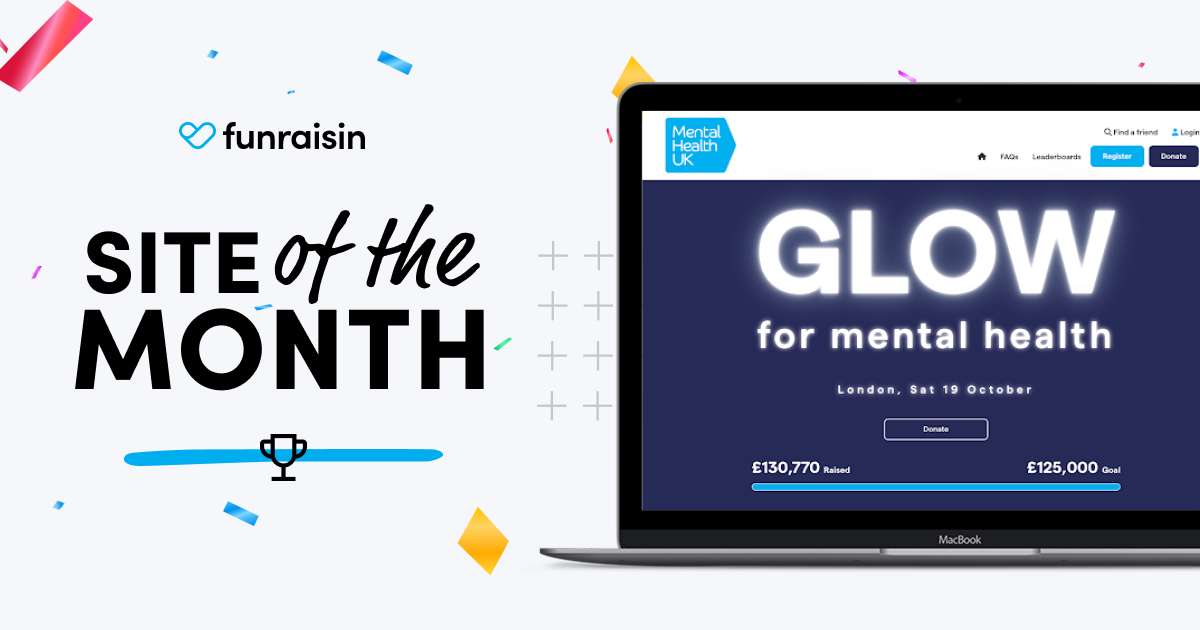Keith Williams recently spoke to the Institute of Fundraising about Mass participation fundraising. In this session, Keith fielded questions from across the sector all focused on how mass participation fundraising will play a role in the future. His message? We've faced these challenges before.
The fundraising and events sectors have faced adversity before; weathering it requires focus and creativity.
In the UK, the charity sector has faced Brexit-related disruption since 2016. In February 2019, ThirdSector was writing about a No Deal Brexit and the uncertainty, disruption and confusion that the resulting recession might bring. In Australia, the second half of 2019, and early 2020 saw devastating bushfires that burnt 18.6 hectares of land and caused an estimated $5.5bn with of damage and loss. In the USA, the Trump Administration’s legislative agenda had impacted donor generosity.
Let's not forget 2019 was tough too, and so was 2018! Hopefully, it reminds us of this truth: Life waits for no one, and more to the point, in many ways the COVID-19 lockdowns - and the resulting need for virtual and digital solutions - are the challenge we’ve been training for as fundraisers and event organisers.
Despite the chaos of COVID-19 - in general, the fundraising and events sectors were fatigued and in decline. Despite the challenge we have ahead, the model needed a reset for the long term.
Is your event powered by Funraisin?
GET IN TOUCH & LET'S DISCUSS YOUR EVENT OR APPEAL
How can we tackle virtual fatigue?
With that said - it would be wrong to say that there aren't challenges. We've seen the third sector embrace technology at a dramatically increased space, and virtual events have become far more commonplace! The concept of "Virtual fatigue" has become a common concern of fundraisers - worried about how they will get brand cut through for their projects. The truth is, virtual fatigue isn't very different to the donor fatigue we've seen in the past. The solution is in your delivery, and we've got some tips.
The experience...has become absolutely vital.
Gone are the days when it was just creative and tech agencies discussing the Customer Experience. The concept of “CX” has filtered into the nonprofit world as Supporter Experience - and the fundraising world has long understood why it is crucial. This has evolved from handwritten thank you letters to include timely communications, automated and carefully crafted communications and personalised fundraising materials. For event organisers, this has become about creating memorable experiences that keep people coming back for repeat participation. In both cases, the NFP Fundraiser and the Event organiser need to know their audience, know their motivations, and understand their needs and desires.
Purpose-driven projects that include a sense of community will thrive.
Recently, Chris Robb’s Mass Participation World brought together leaders from across the world to discuss the impact of COVID on the charity and events space. Chris’ argues “As participants become more focused on supporting causes I personally believe that purpose-driven events with strong digital platforms and engagement may have an edge both now and post-COVID.” We couldn’t agree more; for once charitable and community-driven projects will stand above the purely commercial as people try to come together virtually and in-person to support each other.
A new generation has needed addressing for a while now.
Generation Z is here, and they are a new breed. Business Insider’s State of Gen Z report (which focuses on a US cohort of Gen Z) says that 62% of those surveyed saw diversity as a good thing, 35% knows someone who uses gender-neutral pronouns, and 48% are of non-white ethnicity. As a generation, they are pro-environment with 54% believing humans are to blame for the state of the climate. 60% of Gen Z choose products for their price, not their label, and a further 18% will choose a product if it shares their values, and 7% if friends are using/wearing it.
Indifferent to new technologies and born into a world of privacy settings, social media profiles and digital platforms, this generation is savvier and has higher expectations than their millennial older siblings. 75% watch movies instantly on Netflix, and the rest use other platforms like Youtube. Almost 60% get their news from social media.
There is a lot to unpack here - and even more in the report itself. Suffice to say, this digital nativity means Gen Z is almost always doing at least two things at once! Virtual fundraising, virtual events were always going to appeal to them. It makes total sense that Tik Tok dancers, Instagram fundraisers and social media challenges are performing well.
They are operating a meeting. Likewise, the supporter journeys that are doing the best are delivering a-grade digital content like the Pawgust Podcast created by Guide Dogs Australia. Virtual fundraising events are just the beginning of new ways to engage this open-minded generation of techno consumers.
People haven’t changed!
As we’ve already touched on it is crucial to know your audience. Let’s dive into that a bit deeper - how has your audience adapted in this new normal? The world has shifted under all of our feet sure, but the truth is people for the most part, haven’t changed. As Keith mentioned in the recent IOF thought leadership session, "Human behaviour was not changed, We still want to help others, and still want to give and make an impact. Having a sense of community and a sense of purpose has never been more important", and many are aware of the “resurgence of community spirit” since COVID-19 turned up. People want to take part in popular projects and events too - there is a reason why so many have been disappointed at the constant event postponements and cancellations. Organisers in both the Not-for-profit sector, and the event industry should keep this in mind; communities want to be brought together, and people want something to do.
What does this mean?
The ingredients are there for your organisation to thrive. However, focusing on your existing audiences very important. This requires a strategic understanding of your database. It’s easy for us to say “know your database”, “understand your supporter's motivations” - but it can be another thing to do. Whether you have a backlog of feedback to draw from, or if you need to run a survey to your supporter base; seek this knowledge. It will inform you to what your supporters actually need and desire.
Once you have that information, use it to choose one - or maybe two events, and invest in them. Give them virtual structures so that they definitely go ahead, but get creative about how you can lace in real-world elements. Invest in digital and virtual projects like you would a live event. Perhaps you can send real running bibs, provide branded incentives that can be used in your challenge, or a merchandise shop that allows people to go the extra mile if they want to.
The key is focusing on the supporter experience, creating a memorable event and "creating something that means something". The more meaning, the more someone will truly own their participation. The digital platform choice you make plays a major role in that. However the key to the whole process: how do you meet your supporters where they are?








